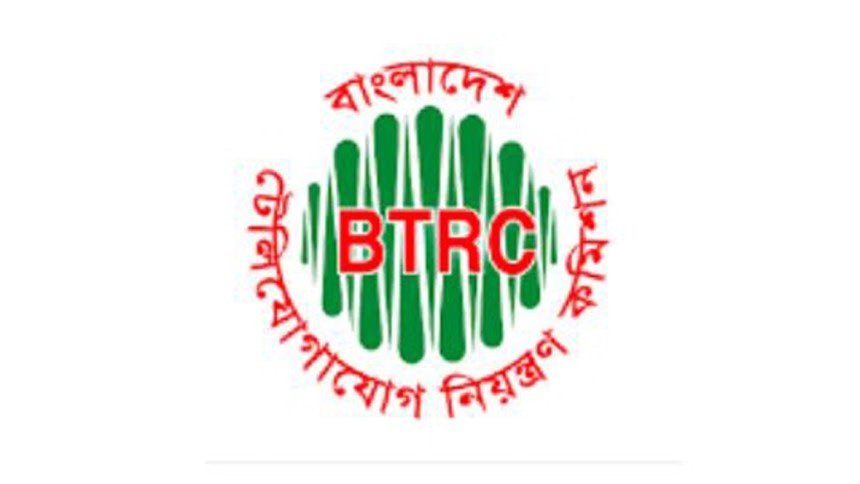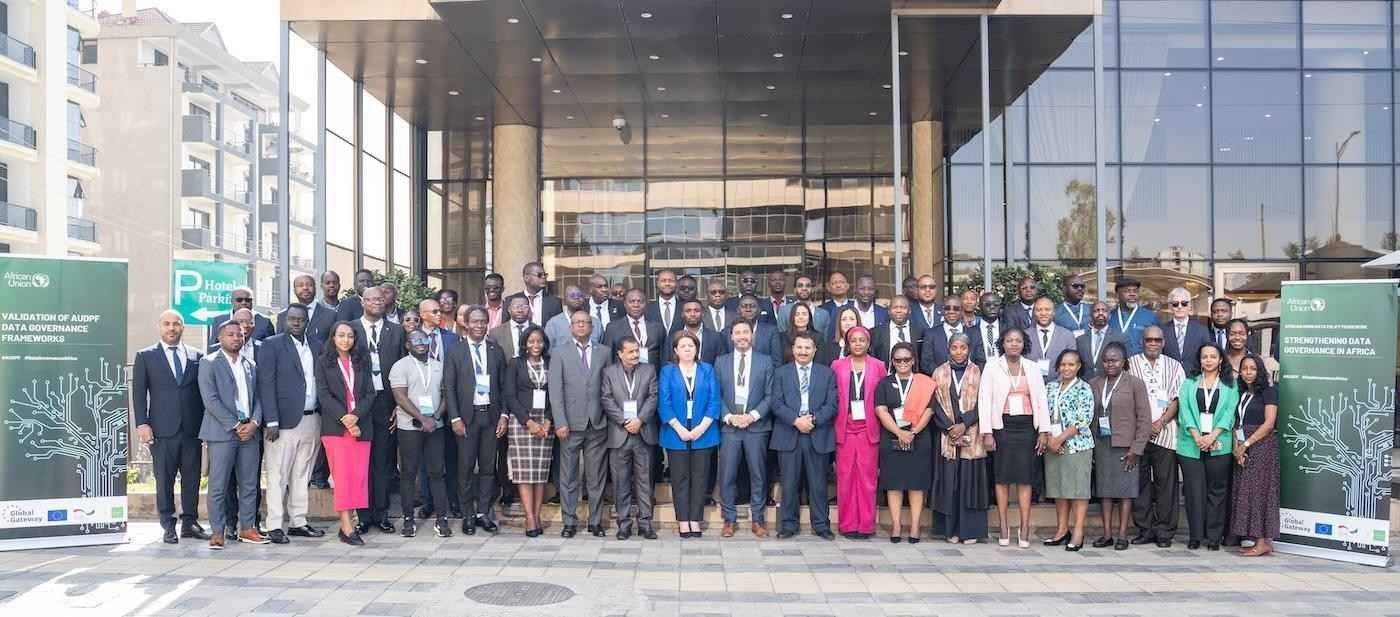The Bangladesh Telecommunication Regulatory Commission (BTRC) has begun drafting new guidelines under the Telecommunications Network and Licensing Policy, which came into effect last week, formally replacing the outdated International Long Distance Telecommunication Service (ILDTS) Policy of 2010.
The new framework simplifies licensing by reducing more than a dozen categories to four main types: access networks (such as mobile and broadband operators), national infrastructure (including towers and fibre networks), international connectivity (such as submarine cables), and non-terrestrial networks. A fifth category, telecom-enabled services, will only require registration. Existing licence types like IGW, ICX, IIG, and NIX will be phased out by 2027.
Designed to attract foreign investment and streamline governance, the policy adopts a technology-neutral approach, allowing operators to choose and innovate across emerging areas such as IoT, private 5G and 6G networks, blockchain, and quantum computing. Mobile virtual network operators (MVNOs) are officially recognised for the first time, potentially opening the market to new entrants.
Foreign ownership caps vary: mobile operators may have up to 85% foreign investment (with at least 15% held locally), infrastructure firms up to 65%, and international connectivity providers up to 49%. Companies have three years to comply with these rules.
The policy sets ambitious targets for fibre connectivity and service quality, mandating that half of all mobile towers be linked to fibre within 18 months and 80% within three years. It also requires disaster-prone areas to maintain backup power on at least a quarter of towers. BTRC plans to introduce a National Quality of Service Dashboard to monitor coverage, speed, and reliability in real time.
To curb market dominance, the regulator gains new powers to identify operators with significant market power (SMP) and impose remedies such as tariff controls, infrastructure sharing, and stricter transparency requirements. Environmental measures are also included, mandating renewable energy adoption, e-waste management, and reduced carbon emissions.
The policy further tightens surveillance oversight, clarifying that lawful interception of communications can only occur with valid legal authorization under judicial or quasi-judicial mandates.















